Days after Google, Microsoft unveils its home-developed quantum-chip “Majorana 1 Chip” with a feat of devising new matter of material.
In the race to innovate new ways of computing, the next up in the line after artificial intelligence is ‘quantum computing’ and big-techs understood the assignment several years ago back in early 2010s. That’s when companies like Google, Microsoft, and IBM started researching on quantum computing. And a decade later, here we are with top-two firms of the world unleashing their quantum chips.
What is Majorana 1 by Microsoft?
Microsoft has introduced Majorana 1, the world’s first quantum chip powered by a new Topological Core architecture. Microsoft anticipates that this new architecture will lead to quantum computers capable of solving meaningful, industrial-scale problems in the near future.
The new chip leverages a topoconductor, a new type of material that can observe and control Majorana particles to produce more reliable and scalable qubits. Microsoft designed and fabricated much of the new materials stack, made of indium arsenide and aluminum, atom by atom. The goal was to coax new quantum particles called Majoranas into existence and take advantage of their unique properties to reach the next horizon of quantum computing. The Majorana 1 incorporates error resistance at the hardware level, making it more stable.
Scaling Qubits
The architecture offers a path to fitting a million qubits on a single chip that can fit in the palm of one’s hand. According to Microsoft, a million qubits is the threshold needed for quantum computers to deliver transformative, real-world solutions. The company has placed eight topological qubits on a chip designed to scale to one million.
Chetan Nayak, a Microsoft technical fellow, stated that any efforts in the quantum space need a path to a million qubits to solve important problems. Microsoft’s approach has allowed them to work out a path to a million qubits.
Topological Qubits
Microsoft decided to pursue topological qubits nearly 20 years ago, believing they would offer more stable qubits requiring less error correction, unlocking speed, size, and controllability advantages. These Majorana particles help protect quantum information from disturbance. The exotic particles Microsoft sought to use, called Majoranas, had never been seen or made until recently. They don’t exist in nature and can only be coaxed into existence with magnetic fields and superconductors.
Krysta Svore, another Microsoft technical fellow, explained that after demonstrating a new state of matter, the architecture becomes simpler and promises a faster path to scale.
Commercially important applications will require trillions of operations on a million qubits, which would be prohibitive with current approaches that rely on fine-tuned analog control of each qubit. The Microsoft team’s new measurement approach enables qubits to be controlled digitally, simplifying how quantum computing works. The measurements can be turned on and off with voltage pulses, like flicking a light switch, rather than finetuning dials for each individual qubit.
You may also like to Read this: Google’s Quantum Chip “Willow” can solve things which even AI can’t solve
Potential Applications
A one-million-qubit quantum computer will be able to accomplish what all the world’s current computers operating together can’t do. Because they can use quantum mechanics to mathematically map how nature behaves, million-qubit machines should be able to solve certain types of problems in chemistry, materials science, and other industries that are impossible for today’s classical computers to accurately calculate. Quantum computers combined with AI tools, would allow someone to describe what kind of new material or molecule they want to create in plain language and get an answer that works straightaway.
Some potential applications for this quantum chip by Microsoft include:
- Breaking down microplastics into harmless byproducts.
- Inventing self-healing materials for construction, manufacturing, or healthcare.
- Solving the difficult chemistry question of why materials suffer corrosion or cracks, leading to self-healing materials that repair cracks in bridges or airplane parts, shattered phone screens or scratched car doors.
- Calculating the properties of catalysts to break down pollutants into valuable byproducts or develop non-toxic alternatives.
- Harnessing enzymes more effectively in healthcare and agriculture, thanks to accurate calculations about their behavior.
- Boosting soil fertility to increase yields or promoting sustainable growth of foods in harsh climates.
Microsoft has partnered with Quantinuum and Atom Computing to reach scientific and engineering breakthroughs with today’s qubits. Microsoft is also part of DARPA’s Underexplored Systems for Utility-Scale Quantum Computing (US2QC) program, which aims to deliver the industry’s first utility-scale fault-tolerant quantum computer.
(For more such interesting informational, technology and innovation stuffs, keep reading The Inner Detail).
Kindly add ‘The Inner Detail’ to your Google News Feed by following us!
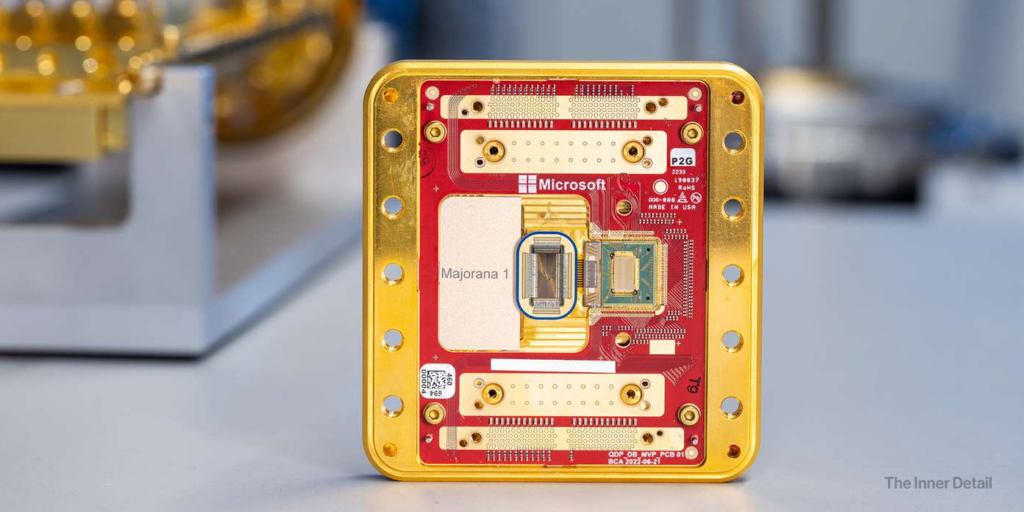

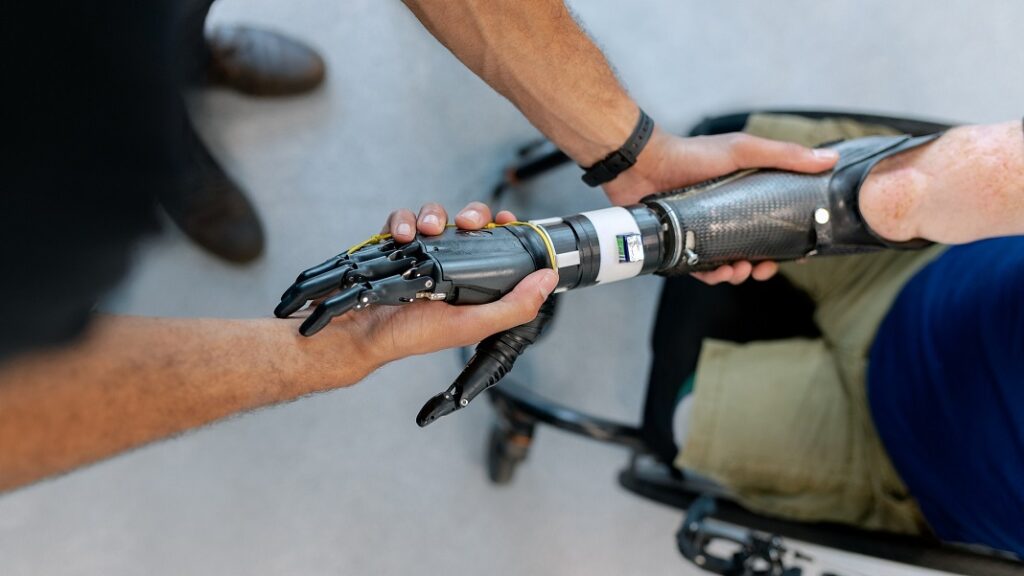
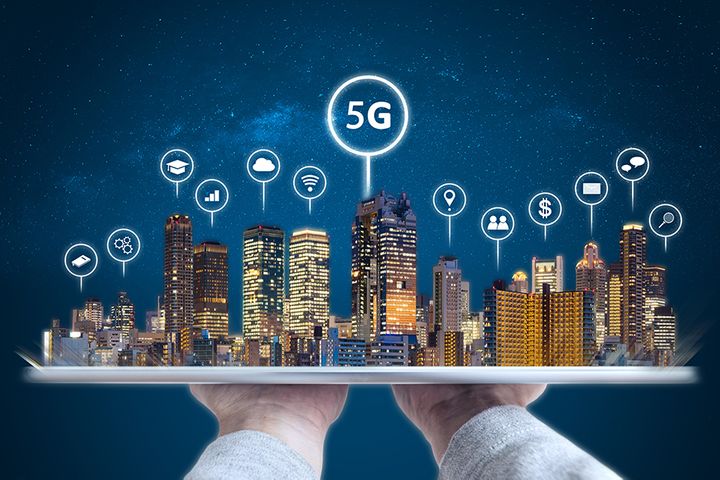

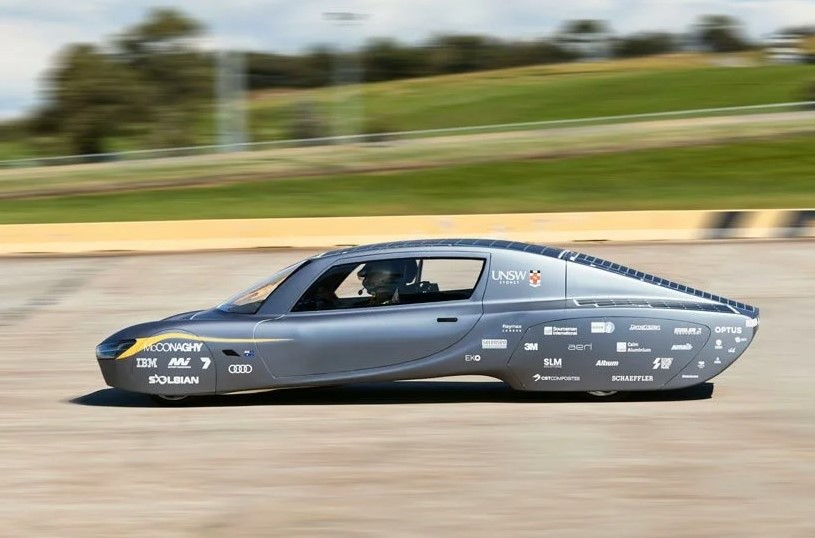
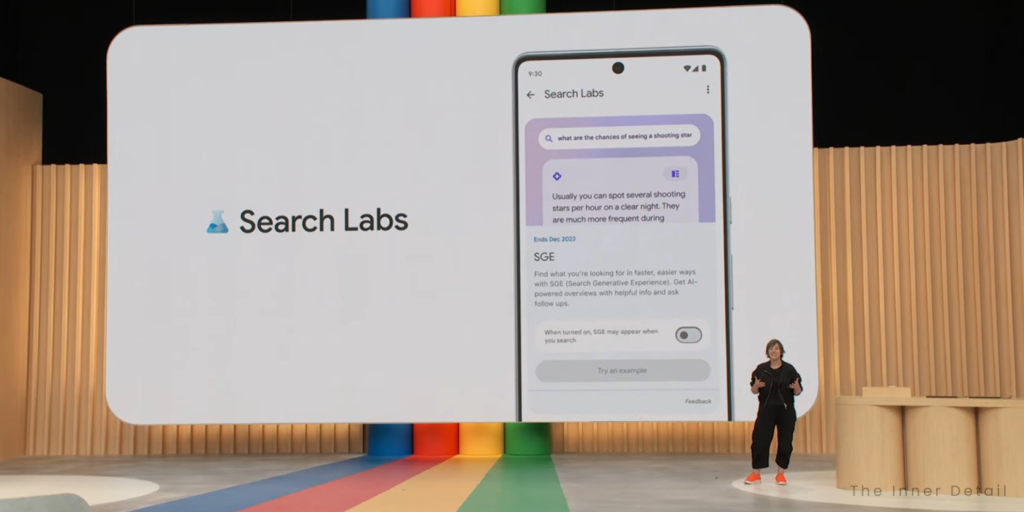

Hi,
Your brand deserves to stand out, and we’re here to help.
At Global Wide PR, we specialize in connecting businesses with top media platforms to increase visibility and credibility. As a gesture to get started, we’re offering a free article on Digital Journal—a great way to showcase your business to a wider audience.
For those looking to maximize exposure, we can also feature your brand on affiliates of FOX, NBC, CBS, ABC, and 300+ other sites for just $297. These placements can help you build trust and attract new customers.
To take advantage of this opportunity, click the link below to sign up on our site, and we’ll get back to you ASAP:
https://globalwidepr.com/
Looking forward to helping your brand shine!
Best regards,
Claudine
Global Wide PR
We understand that our emails may not always be relevant. To opt out of our emails, please complete the unsubscribe form with your website address: bit. ly/unsubscribemeurl